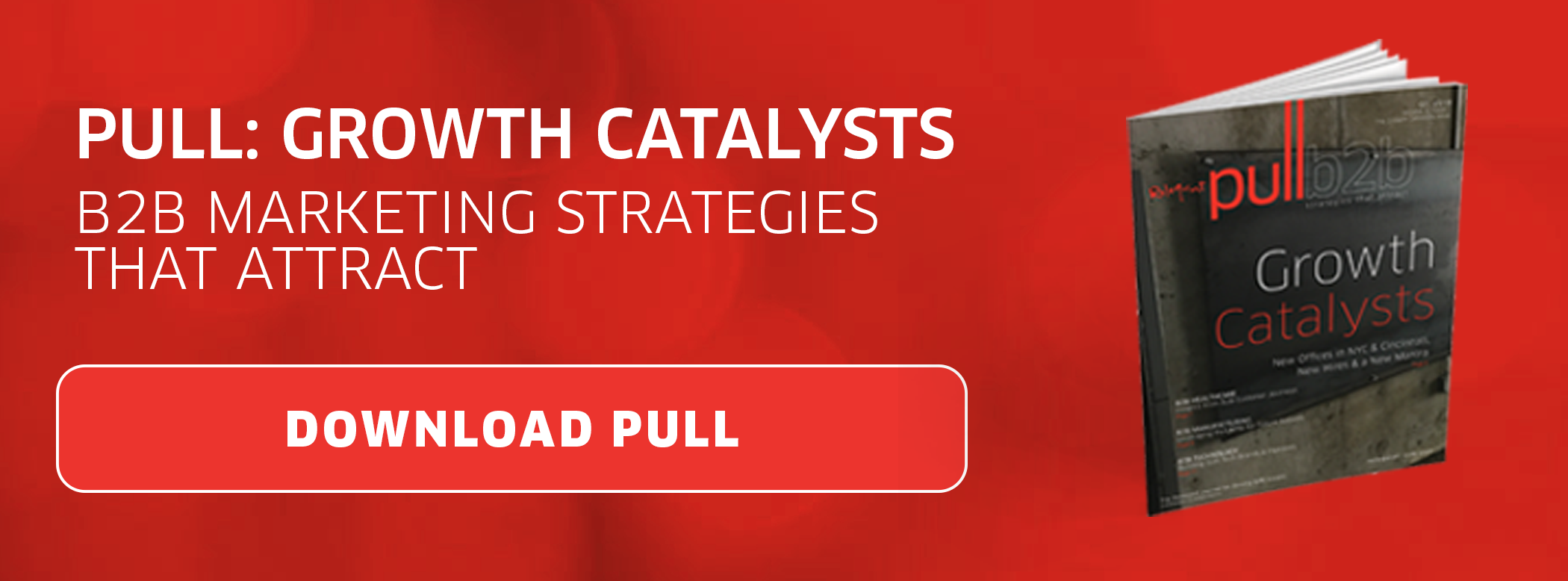 Are you dissatisfied with the conversion rate of your calls-to-action? They could be missing the mark. If most of your CTAs are top-of-the-funnel offers directed at new visitors, they’re unlikely to pique the interest of repeat visitors and current customers. So how do you keep those visitors engaged and get them to (re)convert?
Are you dissatisfied with the conversion rate of your calls-to-action? They could be missing the mark. If most of your CTAs are top-of-the-funnel offers directed at new visitors, they’re unlikely to pique the interest of repeat visitors and current customers. So how do you keep those visitors engaged and get them to (re)convert?
Enter Dynamic Calls to Action
Dynamic calls-to-action, sometimes called "Smart CTAs," change based on who’s viewing them. You can set up these CTAs to change based on the profile of a user who has signed into your website, or you can create them based on the history of interactions from that user.
These personalized messages are far more effective because they are more likely to be targeting something the visitor is interested in, and not an offer that's been ignored several times — or worse, an offer they've already converted on.
In fact, HubSpot found that their dynamic CTAs had a 42 percent higher conversion rate than their generic CTAs.
Here's what you need to know to make the most of these conversion powerhouses.
Best Practices for Smart CTAs
- Gather Your Resources. To make the most of dynamic CTAs — and customized content in general — make sure you have a clean, up-to-date contact database, well-defined buyer personas and a clear idea of what the purchase process looks like for your personas.
- Segment by Lifecycle Stage. Splitting up your audience based on where they are in the buying process is critical. After all, if a visitor to your website has already made a purchase, a special offer exclusively for new customers might be annoying. Sort your visitors into stages such as awareness, evaluation, purchase and post-purchase to match up your suggestions.
- Segment by Persona. Different types of customers will have different needs, interests and even content type preferences. For example, busy tech executives may prefer downloading podcasts and whitepapers, where others in the tech space may want to read technical specs of a new software package to see if it fits in their current ecosystem. Both segments may be at the top of the funnel, but have very different needs and wants.
- Get Personal. Once you identify some general segments to target with dynamic CTAs, you can get even more detailed and start showing offers based on what people have already converted on or shown an interest in. This can be a great way to supplement your other lead-nurturing efforts by giving prospects a customized experience that minimizes irrelevant distractions and keeps exciting things in the forefront.
Thanks to technology offered by most inbound marketing platforms, your web pages aren't the only places where you can use dynamic calls-to-action. Consider using them in your email messages as well. Rather than include a CTA based only on the contents of the message, also consider which offers have already been shown a few times and which have already led to a conversion for that visitor.
Start Slowly
With all the possibilities that dynamic calls-to-action present, it might be tempting to jump in with both feet. Before you get too granular with your segmenting, start by mapping the offers you currently have with different lifecycle stages, as these are the most direct and easy to get right.
Keep in mind that buyers’ needs change as they move down the funnel, and so should the content you generate for each stage. Check out these guidelines for the best B2B content for each stage of the funnel.
Don’t Forget the New Visitors
Consider creating a default CTA that will appear for any visitors who don't meet any of your segmenting criteria. Make sure this one leads to an already popular offer so you know it will be effective. In addition, target it toward a top-of-funnel conversion to have the broadest appeal and to apply to visitors who are completely new, and therefore haven't offered you any data yet.
Once you take all of the above steps, you can branch out and start creating more offers and more CTAs. Remember to keep your prospects’ purchase process in mind as you create new CTAs to give your prospects the best possible experience whenever and wherever they interact with you — and to give you the conversion rates that will contribute the most to your bottom line. ![]()







 By
By 
